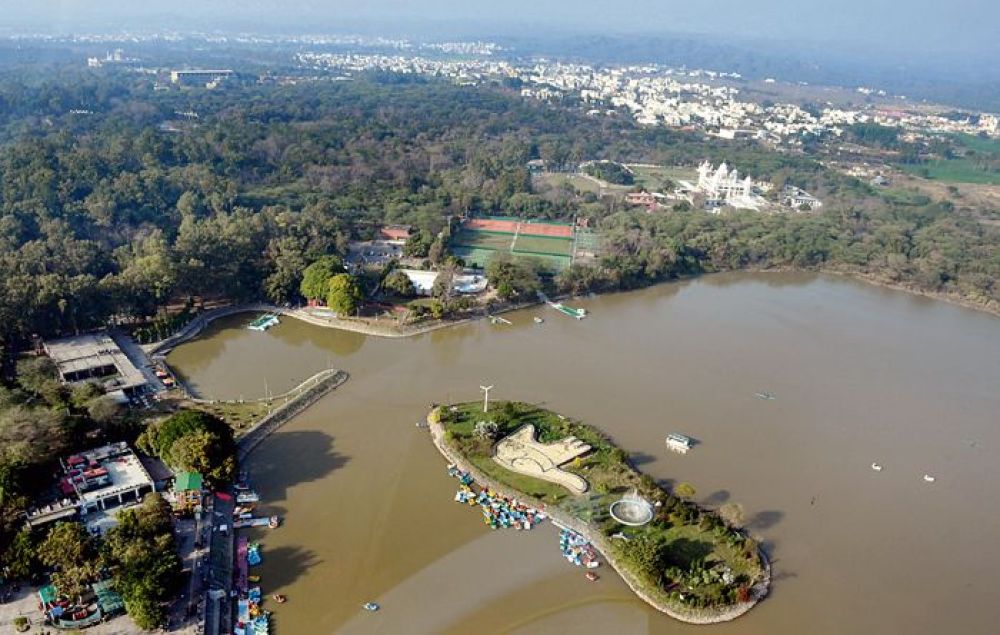

Sukhna Wildlife Sanctuary lies in the Shivalik foothills of the majestic Himalayas and is an extension of the Sukhna Lake in Chandigarh. The sanctuary was declared a protected area in 1998, and it covers approximately 2600 hectares of forest land.
The Sukhna Lake was created in 1958 by damming the Sukhna Choe, a seasonal stream that flows down from the Shivaliks. Initially, the lake was designed to be a tranquil escape for the residents of Chandigarh designed by the famed architect, Le Corbusier. Over time, the area adjoining the lake has evolved into a haven for various species of flora and fauna, prompting conservation efforts and subsequently giving rise to the Sukhna Wildlife Sanctuary.
The 1990s and 2000s marked significant growth in the popularity of the sanctuary as a tourist spot. Tourists from all over the world began to flock to the region to experience its natural beauty, diverse wildlife, and serene environment. It became particularly popular among bird watchers and wildlife enthusiasts.
In line with global trends, eco-tourism began to play an integral role in raising awareness about the ecological significance of the area. The Haryana Government, along with local bodies, initiated programmes and activities that promoted responsible and sustainable tourism practises.
In more recent years, the focus has shifted to preserving the sanctuary's delicate ecosystem while providing visitors with a fulfilling experience. There has been a concerted effort to maintain a balance between facilitating tourism and conserving wildlife. The sanctuary offers nature trails, bird watching opportunities, and educational tours to engage visitors while informing them about the importance of biodiversity.
Experiential Travel: Currently, there is a trend towards experiential travel that immerses visitors in local culture and wildlife. The sanctuary encourages guided walks and expert talks to educate tourists on the importance of conservation.
Adventure Activities: Adventure activities in or around the sanctuary like trekking and rock climbing have become popular, attracting a younger, more adventure-seeking demographic.
Wellness Tourism: Given its serene environment, the sanctuary is increasingly featured in wellness tourism circuits wherein visitors engage in activities like yoga and meditation in nature's lap.
Digital Detox: With the rise of digital detox trends, more individuals visit places like Sukhna Wildlife Sanctuary to unplug and reconnect with nature.
The Sukhna Wildlife Sanctuary faces the perpetual challenge of preserving its ecosystem while accommodating tourists. There is an ongoing dialogue about how to innovate in sustainable tourism so as to keep the sanctuary thriving for generations to come. Future tourism strategies are expected to revolve around sustainable practices, minimizing carbon footprints, and enhancing the quality of visitor experiences without disrupting the wildlife.
Tourism at Sukhna Wildlife Sanctuary has evolved over the years from a simple lakeside excursion to an enriching ecological experience. Its history reflects the changing attitudes towards travel and conservation, and it continues to offer an enchanting escape to nature enthusiasts in India and from across the world.